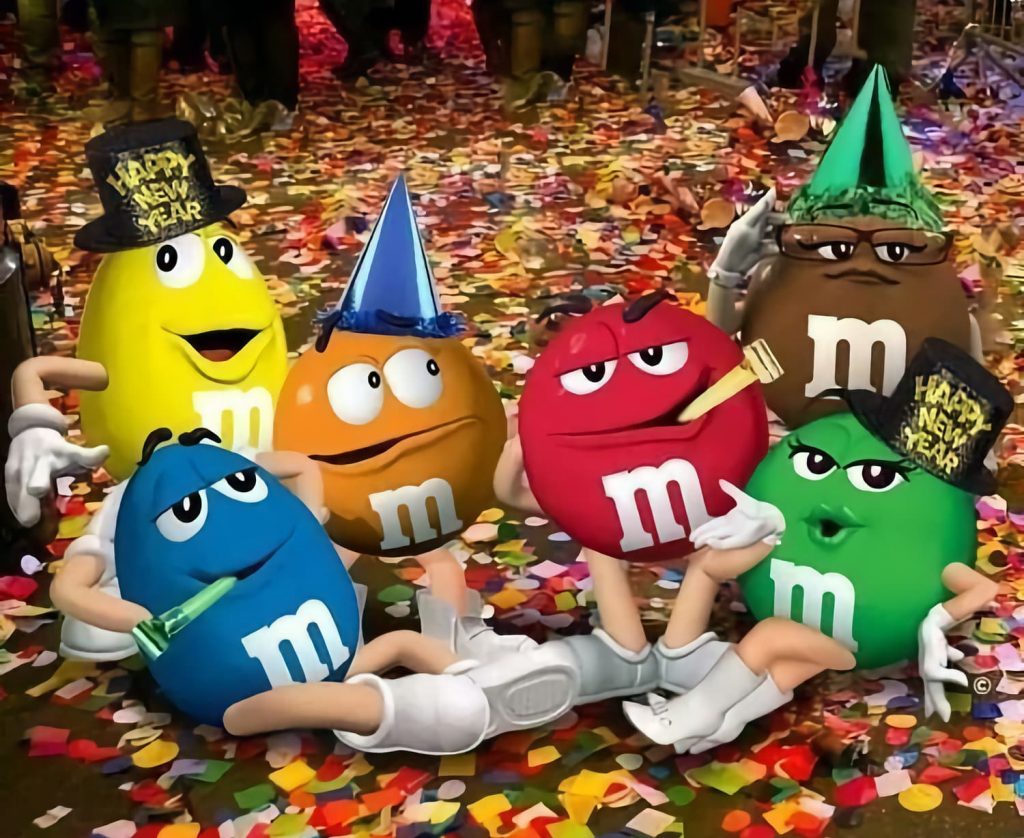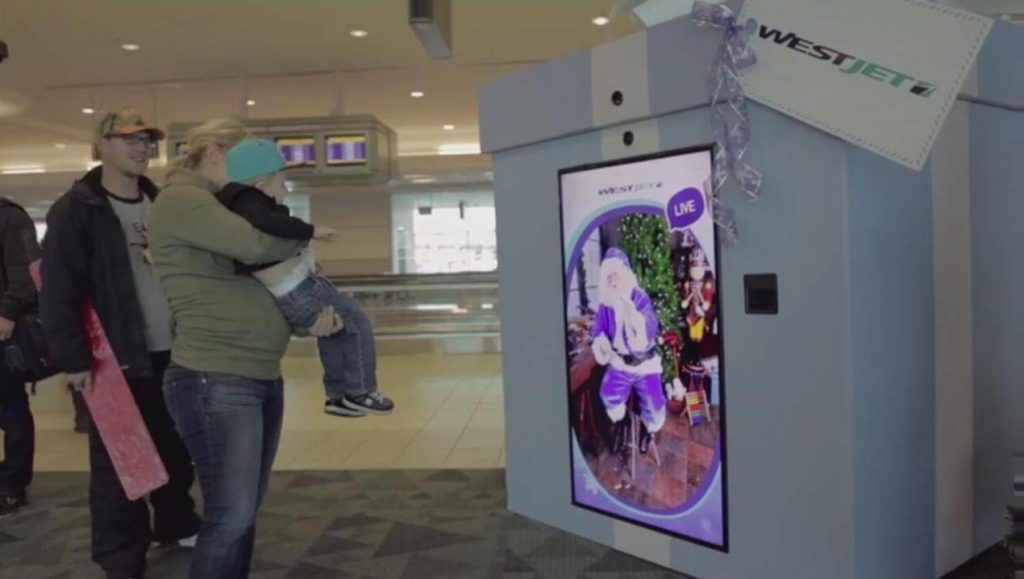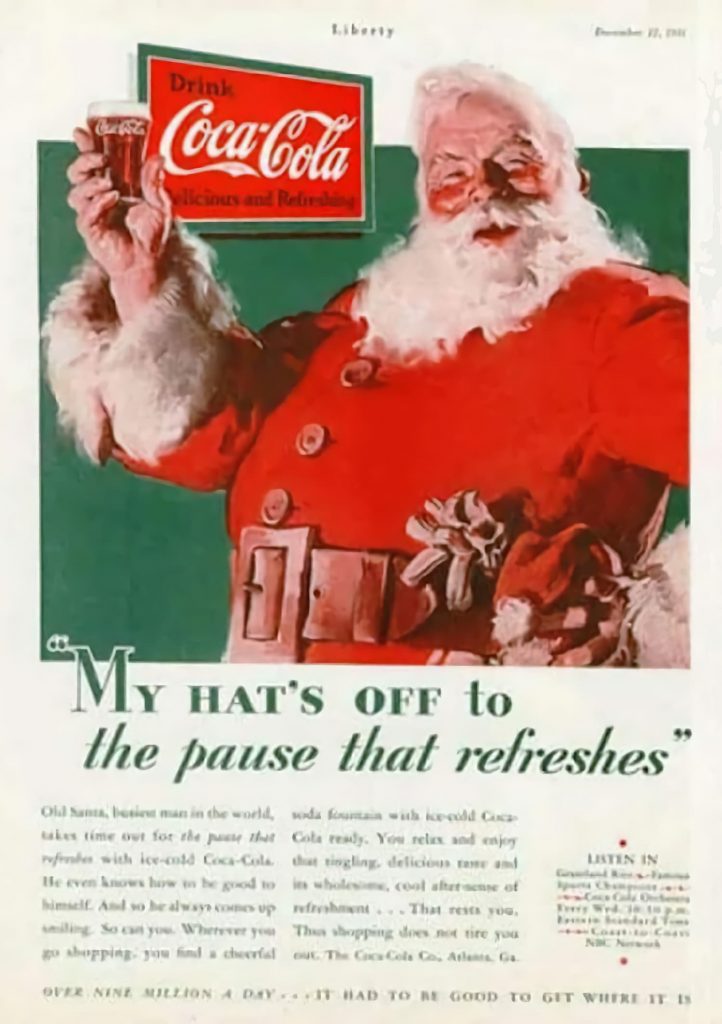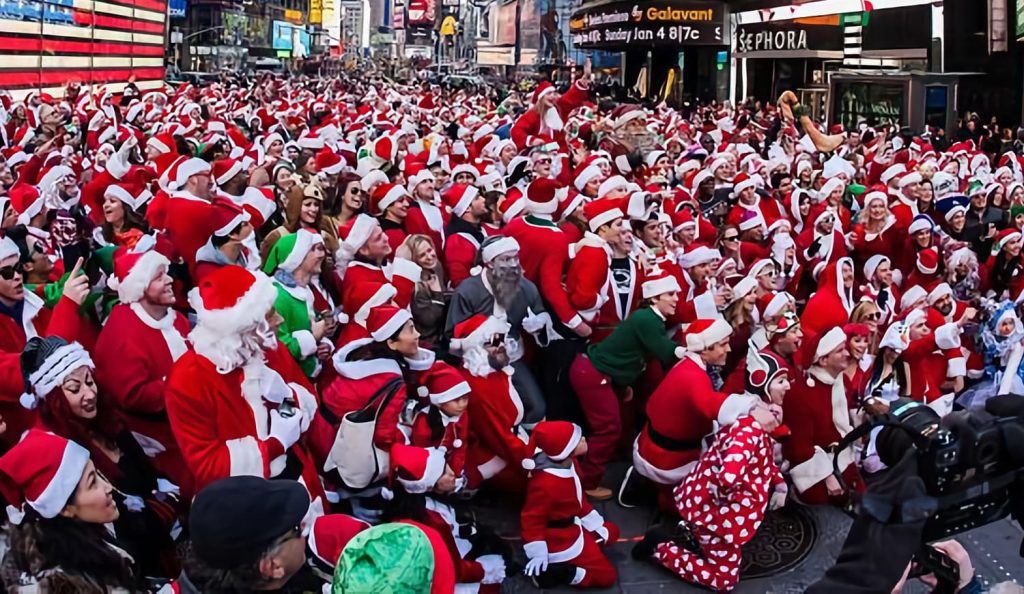All over the world, Christmas and New Year are loved not only by children, but also by businesses. Modern santanomics are based on the best that is in us — the desire to give, elevated to duty. Investing in Christmas is rewarding brands handsomely.
Economics of Christmas
For the last half century, the coldest months of the year have been the period of the hottest sales. The total Christmas budget of residents of Europe and the United States already exceeds $445 billion. Of this, as much as $245 billion comes from the United States.
The worldwide Christmas rush now begins well before Thanksgiving (the last Thursday in November). And in some countries, the Christmas gift shopping season opens as early as October! During the two months before Christmas, American retailers make about 20% of their sales.
Average spending on Christmas gifts is increasing year by year. For example, in 2022, the average amount spent on gifts in the United States was $800 per person.

The world’s most generous shoppers are the Irish, with each spending $1,184 on Christmas gifts. Next come their neighbors from the UK with an amount of $1065 — a third more than in the US.
It’s almost impossible to stop consuming holiday goods—digital has made it easier and more convenient to search for and purchase gifts. Amazon has long offered to generate a Christmas wish list and distribute it among acquaintances and friends.
The strong influence of non-price factors, spontaneous consumption and emotional consumerism — you can make money from this.
Whose Santa is cooler
Providing an up-to-date list of the best Christmas advertising campaigns is quite a task, it changes every year. Of course, Coca-Cola’s New Year’s traditions should be considered one of the most successful. Their Christmas videos, featuring Santa Claus, have become a worldwide symbol of the holiday.

M&M’s is known for its humor in advertising, and their Christmas commercials are no exception. They often use M&M’s characters to create fun and memorable moments.
But today I would like to talk about a truly amazing event — an unusual Christmas New Year promotion by the Canadian airline West Jet, held in 2013.
A large “gift” box with an interactive video screen was installed in the waiting area of one of the airports. Anyone could scan the barcode of their boarding pass and… Santa Claus appeared on the screen, wishing Merry Christmas in real time and, by the way, asking what gift the passenger was wishing of.
Well, what can people wish for? In fact, about very different things! From socks and a railway, to a tablet and a plasma panel… Probably everything that passengers at any airport in the world could wish of.

Passengers then entered the aircraft cabin and flew to their destination.
Meanwhile, 175 volunteers at the landing airport were running around the shops and… buying gifts that 250 passengers on the flight wanted.
After landing at the baggage claim counter, people began receiving the gifts they had ordered for Santa on the conveyor belt. A real holiday has begun for the airline’s customers!
All this was filmed with a hidden camera, and the video for the “Real-time giving” campaign on YouTube received 40 million views.
WestJet website traffic increased by 100%, ticket sales increased by 77%, and annual revenue increased by 86%!
We can say that the clothes, toys and equipment gifted by the airline, to put it mildly, more than paid for themselves. And only the lazy didn’t write about the airline’s Christmas promo.
The holiday has come to us

New Year’s marketing is promotion in a market that is unique in scale, but has a pronounced seasonality. A similar definition was relevant 10-15 years ago. Then, among the bright cases illustrating the profitability of the New Year theme, the “carbonated” case from Coca-Cola was in the lead. Having “branded the New Year” more than 80 years ago, the soda manufacturer forever got rid of the problem of a seasonal decline in sales.
The fact that we now imagine Santa Claus as a respectable, well-fed old man dressed in red is thanks to the Coca-Cola company. Michigan artist Haddon Sundblom from the D’Arcy advertising agency is “to blame” for this, who, commissioned by Coca-Cola, lightly created a kind old man, an advertising symbol of the Coca-Cola brand. Before this, Santa was far from friendly, and more trouble could be expected from the “gnome in green stockings”, such was the historical prototype of Santa.
The debut of the image of Santa, which is now familiar to everyone, took place on the eve of Christmas 1931 in the newspaper The Saturday Evening Post. For another 30 years, Sundblom created a new Santa poster for each Christmas.
The prototype of the modern Santa Claus was Sundblom’s friend, retired salesman Lou Pentice. According to the artist, his appearance completely corresponded to the appearance of the saint: a real good-natured man with wrinkles around his eyes, giving him the appearance of a completely happy person; It is interesting that the artist himself, who was a Swede by birth, made Santa Claus out of Pentise after he had already passed away, and the artist used his children and grandchildren as models to depict children meeting Santa.
Today, Sandblom’s advertising posters are rightfully recognized as one of the most valuable exhibits in the Coca-Cola archive. Over the years, they were exhibited at the Museum of Science and Industry in Chicago, the Royal Ontario Museum in Toronto, the largest department stores in Tokyo and Stockholm, even in the Louvre in Paris! And some of those paintings can be seen in the permanent exhibition of the Coca-Cola Company Museum in Atlanta.
More than 60% of parents want their child to believe that Santa Claus is real for as long as possible, and are willing to pay for it. Therefore, “investing in Christmas” is extremely effective. Investments in “cocalization of Santa Claus” for Coca-Cola have been paid for a long time.
